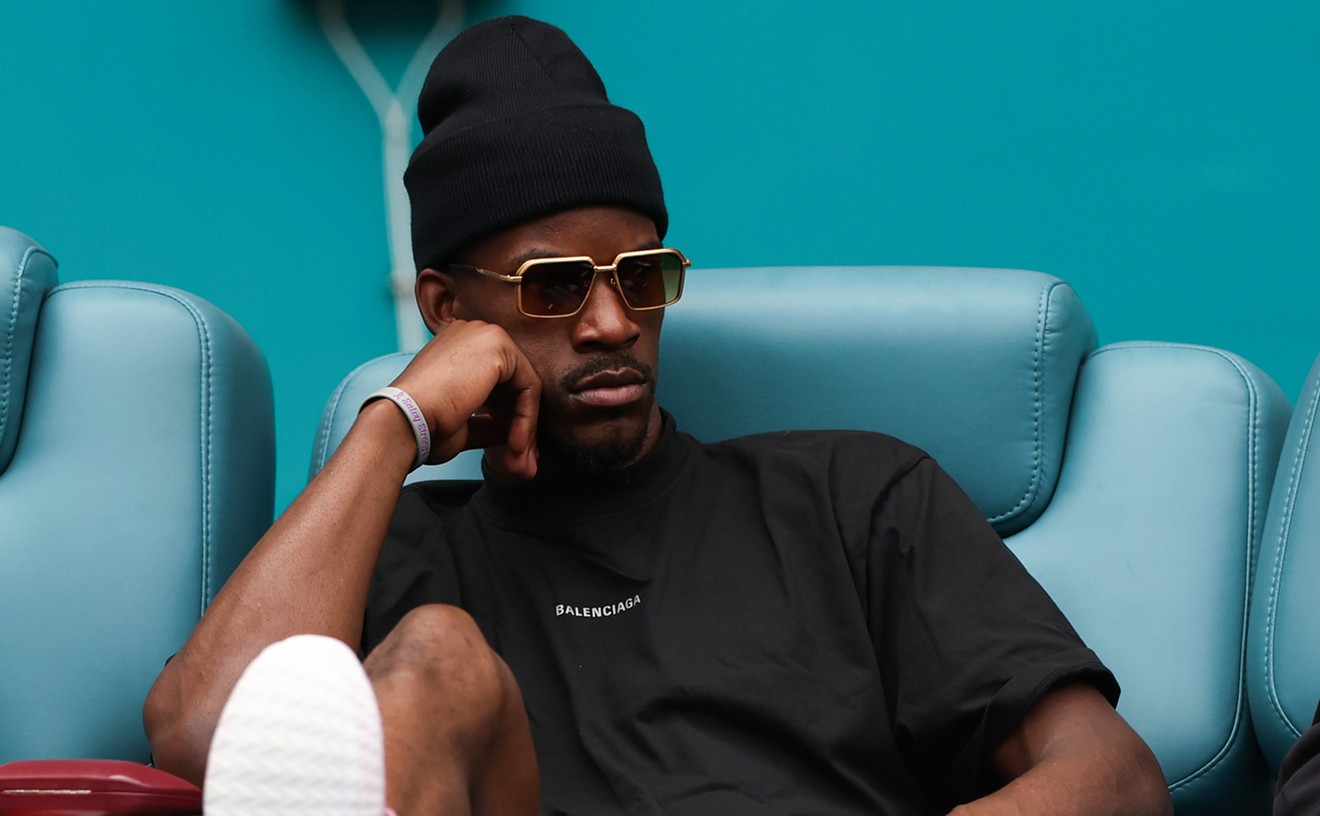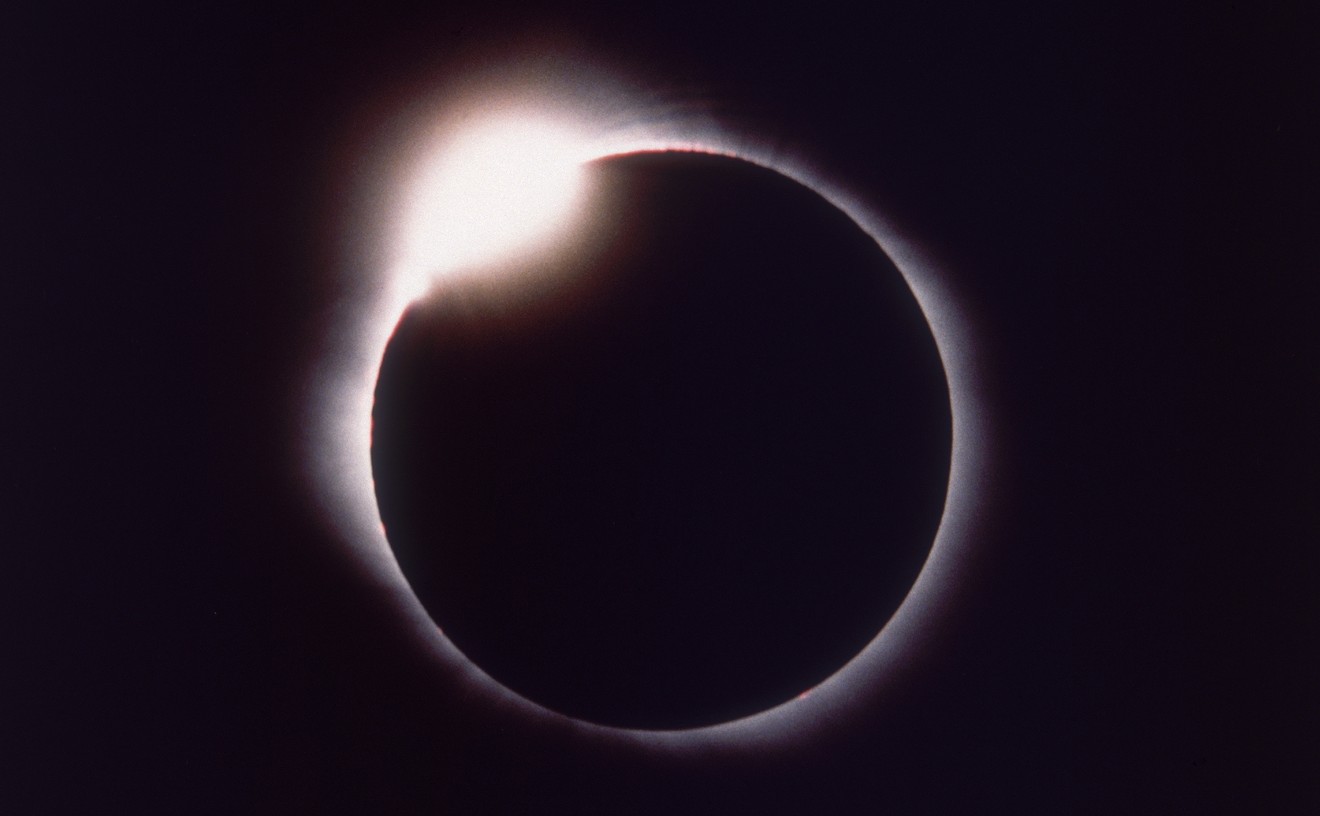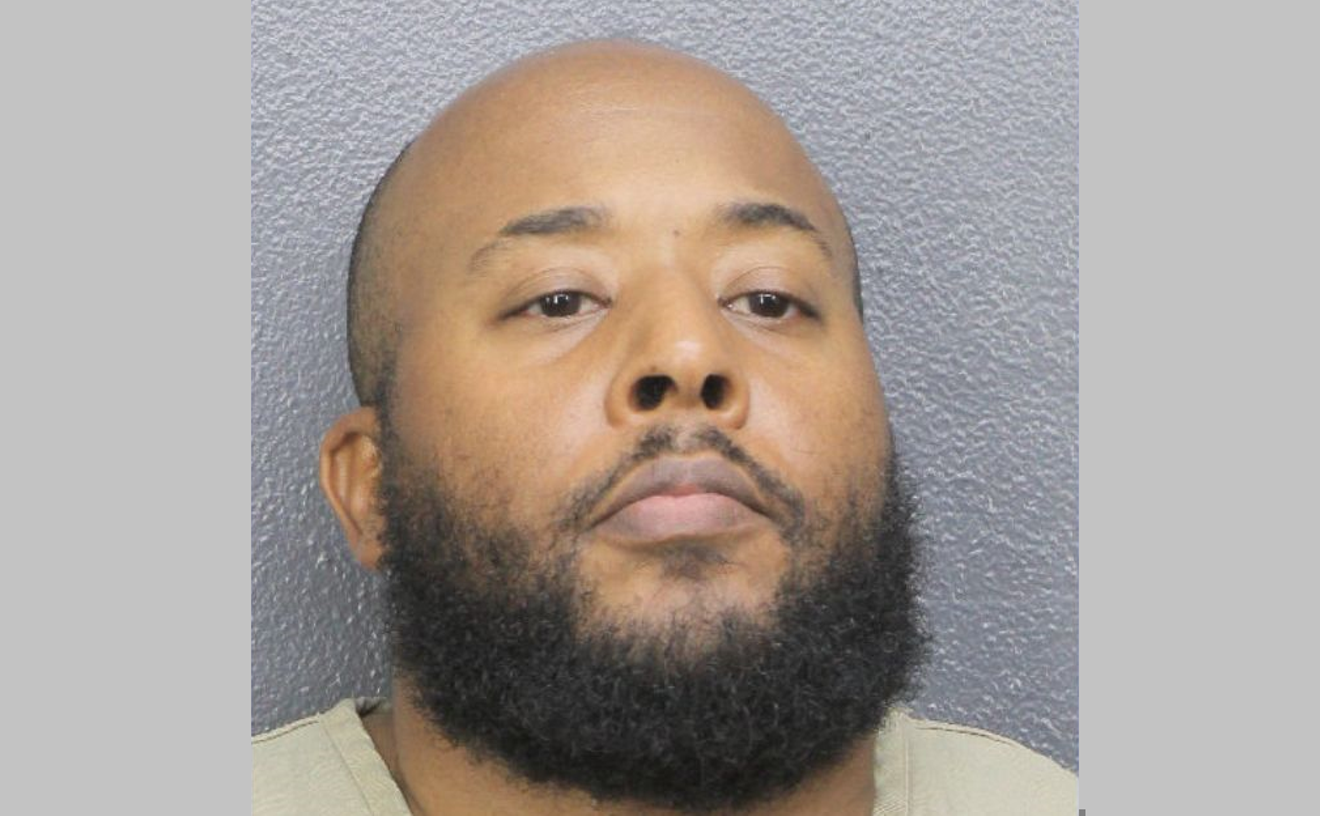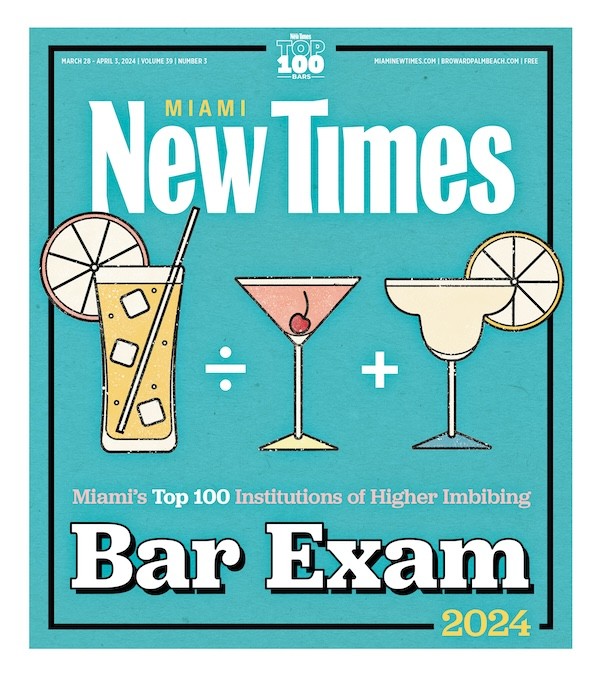Here are some of our favorite local legends.
Cocaine Was Smuggled Inside a Dead Baby at Miami International Airport
In the '80s, Miami's crime rate and drug rings were a thing of national fascination, and just about every big-name publication in America sent a reporter down to file a story on our "paradise lost." In 1985, the Washington Post ran a story titled "Drugs Making Miami Synonymous With Crime," and reporter Mary Thornton opened with this tale:
A federal undercover agent talks about the case of the baby who did not move. An attendant on a flight from Colombia to Miami became suspicious and called U.S. Customs agents to have a look. They discovered that the baby had been dead for some time. Its body had been cut open, stuffed with cocaine and sewn shut.Turns out, however, that the story was just a Miami myth. Obviously, using a baby to hide drugs wouldn't be the best plan since smugglers tend to hide their loot in things that don't draw attention. This story actually predates the height of Miami's Cocaine Cowboy era. This myth dates to at least the '70s, with the earliest version we can find involving hippies smuggling pot inside a dead body. The Post ended up retracting the story.
But in reality, drugs have been smuggled into Miami in a variety of weird objects, including flowers, fried fish, coffee, and alpaca pillows, to name only a few. Never a dead baby, however.
Bodies Were Stored in Refrigerated Burger King Trucks After Hurricane Andrew
When it struck South Florida in 1992, Category 5 Hurricane Andrew was the most destructive storm to hit the United States. Though thanks to evacuation efforts, the death toll was relatively low. Only 44 people died in Florida because of the storm (and 29 of those were due to indirect causes), just a fraction of the deaths caused by Hurricane Katrina 13 years later.
However, at the time, locals were certain Andrew was much deadlier. Stories spread that hundreds if not thousands of people had perished and that the bodies were stacked in Burger King shipping trucks and secretly disposed of — somewhere. The storytellers reasoned that officials didn't want to scare off tourists and that the local media (and apparently Burger King too) were complicit in covering up the conspiracy. The Miami Herald eventually looked into the rumors at the insistence of readers and found not a shred of evidence to support the claims.
AIDS-Infected Monkeys Terrorized Miami After Hurricane Andrew
The second most popular urban legend stemming from Andrew actually has some truth to it. About 50 to 300 (the number varies even in news reports) rhesus monkeys at the University of Miami's primate research laboratory indeed escaped during the hurricane. Some were used in AIDS research. None
The 1972 Dolphins Celebrate Every Time the Last Unbeaten Team Left in the NFL Is Defeated
The '72 Miami Dolphins are still the only team in modern NFL history to complete a perfect season, and, sure, certain members of the team remain cocky about it. But for years, people have been convinced that the old Fins held an organized ritual every season after the last unbeaten team in the league suffered its first lost.
There are two versions of this story, actually. The first goes that every living member of the Miami Dolphins buys a bottle of 1972 champagne at the beginning of the season and keeps it on
According to Snopes, one such celebration involving just three remaining players may have happened in a Coral Gables parking lot one time, but there was never an organized yearly tradition. Of course, nowadays Dolphins fans on Twitter can usually be counted on to at least tweet a champagne emoji every time the team's record remains safe.
The University of Miami Has No Sorority Houses Because of Coral Gables' Anti-Brothel Laws
Several UM fraternities have houses near campus, but the school's sororities do not, and a common explanation given for that oddity is that Coral Gables has an old, outdated law on the books that forbids several women from living together because the establishment might be used as a brothel.
I heard this explanation several times when I attended UM and honestly never questioned it. It's pretty easy to believe considering Coral Gables is infamous for some wacky, idiosyncratic laws. For more than 50 years, it was illegal to park a pickup truck outside one's residence in Coral Gables, after all.
Turns out there's no brothel law. And sororities actually have facilities on UM's campus called the "Panhellenic halls." According to the school's student newspaper, the most likely answer why there are
The Skunk Ape Roams the Everglades
The skunk ape is basically Florida's version of Bigfoot/Sasquatch/Yeti, except ours naturally is said to live in the swamp and smell particularly bad. The beast supposedly reeks of cabbage and rotten eggs. Would you expect an especially hairy creature to smell good in this humidity?
Tales of the skunk ape date back to at least the 1840s, and a few sightings were reported in West Miami-Dade in the 1970s. The Committee for Skeptical Inquiry, however, believes that people probably misidentified black bears that happened to be standing on their hind legs, and that other alleged sightings (and photographs) are straight-up hoaxes. You can still visit the Skunk Ape Research Center in Ochopee to decide for yourself.
The Bermuda Triangle
One of the best-known pieces of seafaring lore states that a triangular swath of ocean with an axis in Bermuda, Puerto Rico, and Miami is cosmically treacherous to all who dare pass through it. The stories go that airplanes and ships regularly disappear in the area, compasses wind up not working, and UFOs are sometimes even seen. The legend began in the 1950s and took off in popular culture. However, study after study shows there's nothing statistically dangerous about flying or sailing through the area. That's a good thing too, because cargo and cruise ships traveling in and out of Miami every day and passing through the Bermuda Triangle are a major part of our local economy.
Michael Jackson Filmed "Thriller" Video in a Coconut Grove Cemetery
Apparently, some Miamians have long sworn that Michael Jackson filmed portions of his iconic music video for the song "Thriller" at a cemetery in Coconut Grove. The rumor went into overdrive after Jackson's 2009 death. Unfortunately, it's not true. The video, unsurprisingly, was shot in LA.
Miami Street Kids' Intricate Religion
In 1997, Miami New Times published an elaborate article detailing the intricate mythology of Miami's "street kids."
One demon is feared even by Satan. In Miami shelters, children know her by two names: Bloody Mary and La Llorona (the Crying Woman). She weeps blood or black tears from ghoulish empty sockets and feeds on children's terror. When a child is killed accidentally in gang crossfire or is murdered, she croons with joy. "If you wake at night and see her," a ten-year-old says softly, "her clothes be blowing back, even in a room where there is no wind. And you know she's marked you for killing."Now, of course, the mythology itself is fake. Do Miami's homeless kids really have this elaborate mythology? This piece was published way before the current editorial staff's time at this paper, so decide for yourself. It's certainly a hell of a tale.
Oh, one last thing, the body-under-the-bed story isn't an urban legend. It's real, and it indeed happened in Miami.











